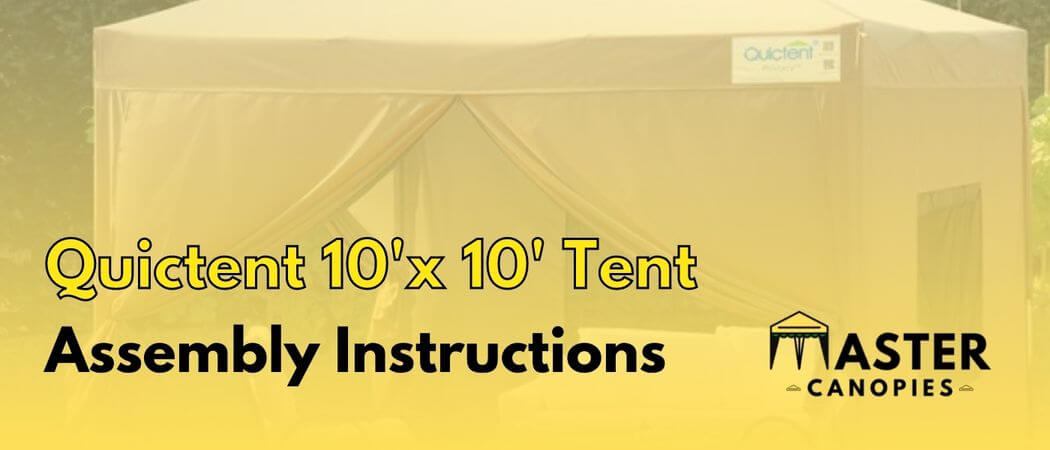
Quictent 10’x 10’ Canopy Tent Assembly Instructions: Full Guide
Quictent 10’x 10’ Canopy Tent Assembly Instructions: Full Guide Published September 8th, 2022 by Allen Campbell An easy-to-assemble canopy tent may be the ideal answer
Published September 8th, 2022 by Allen Campbell
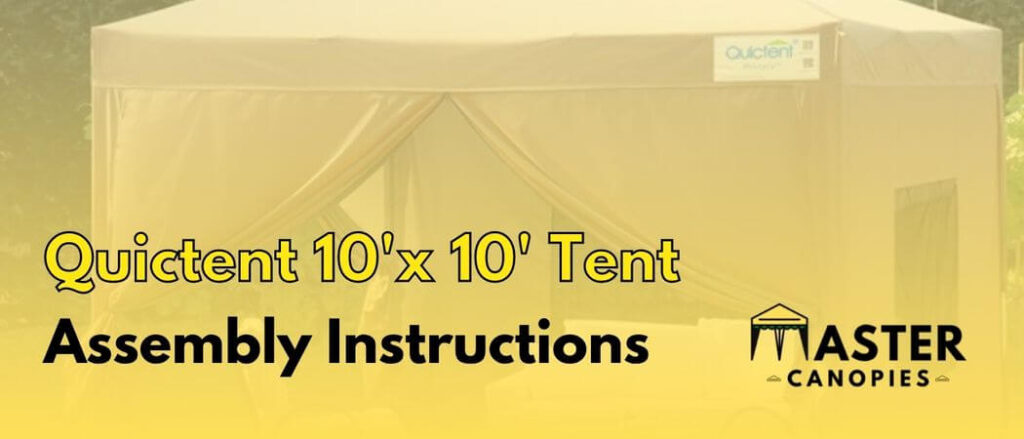
An easy-to-assemble canopy tent may be the ideal answer for any number of reasons, whether you’re seeking a location to host a small event or simply want some more shade and protection while outside.
By the end of this article, you will know how to set up the Quictent 10’x10′ awning tent in minutes. Soon, you’ll be an expert at putting this equipment together quickly and easily!
Additionally, I’ve included a few tips and tricks to help ensure that your canopy tent experience is as enjoyable as possible. So, it’s time to know everything about this 10’x10′ canopy tent.
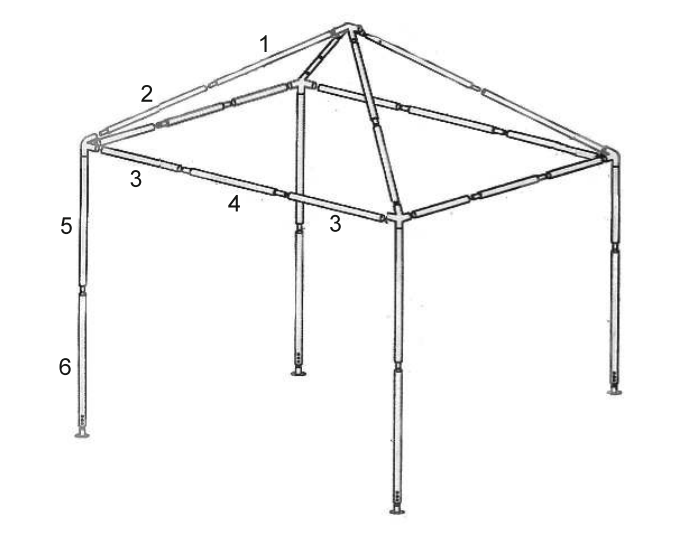
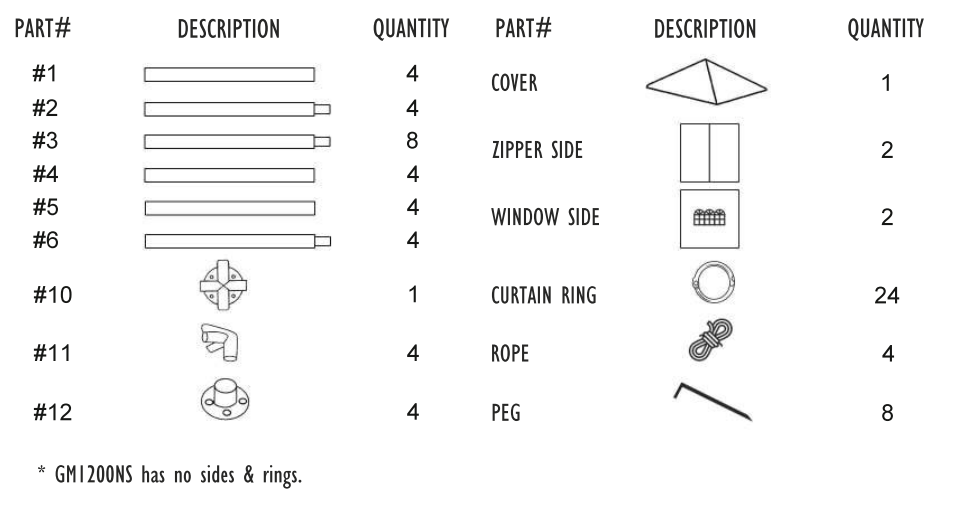
Parts | Quantity |
#1 Poles | 4 |
#2 Poles | 4 |
#3 Poles | 8 |
#4 Poles | 4 |
#5 Poles | 4 |
#6 Poles | 4 |
#10 Connector | 1 |
#11 Connector | 4 |
#12 Base Plates | 4 |
Cover | 1 |
Zipper Side | 2 |
Window Side | 2 |
Curtain Ring | 24 |
Rope | 4 |
Peg | 8 |
Important Note: The 10’x10′ canopy tent comes in a well-packed box which includes all the necessary parts to assemble it. For your convenience, I suggest you review each individual part before putting it together so there are no surprises!
If there are any missing components, please contact customer care and they will send out extra ones upon request.
Now, let’s begin!
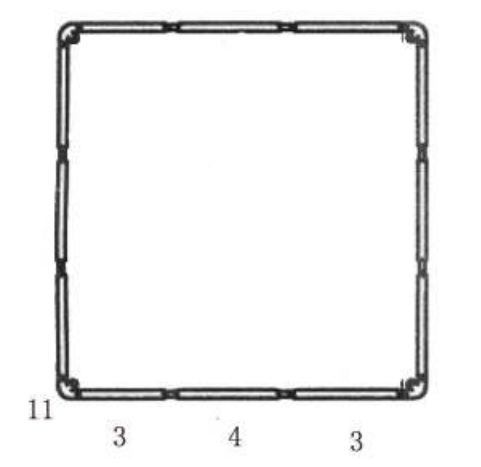
Start by assembling your upper frame with poles #3, #4, and connector #11.
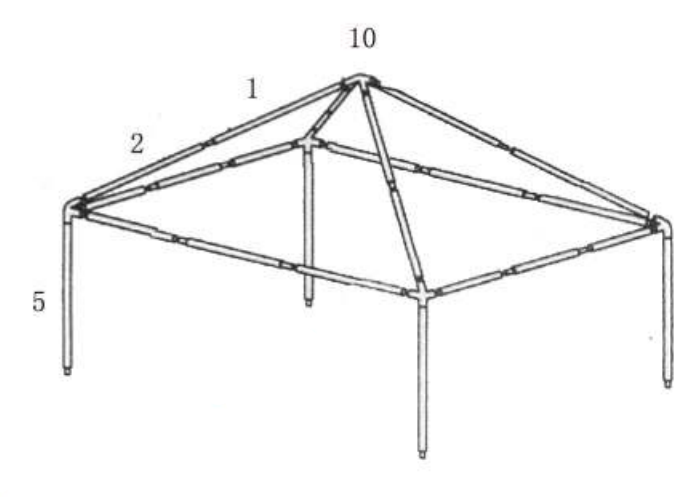
Now it’s time to attach that assembled upper frame with the roof section. For that, you’ll need to use connector #10 as well as pole numbers #1 and #2. Also, make sure to put pole #5 into connector #11 in its remaining outlet.
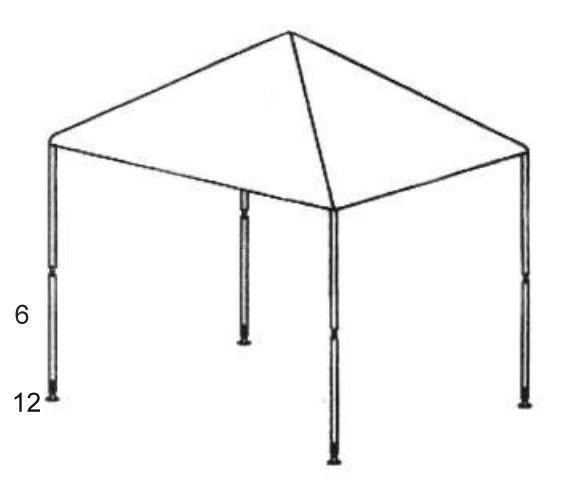
Fit snuggly the cover over your frame. Make sure the #6 poles are in their designated slots with base plates #12 at the bottom.
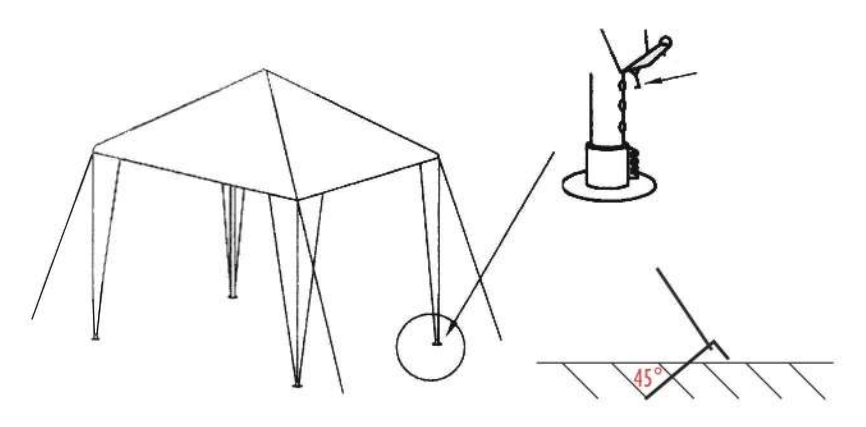
Now, you must pull the leg coverings as taut as possible and attach metal hooks into tube holes near the bottom of the legs. In any case, if they become loose, simply tighten them by moving them to the lower hook.
To avoid the toppling of your canopy tent in high winds, make sure to stake down each corner with adequate tension. I would recommend using 45-degree stakes at an angle. In that way, they’ll hold firm in place while also ensuring maximum efficiency of use.
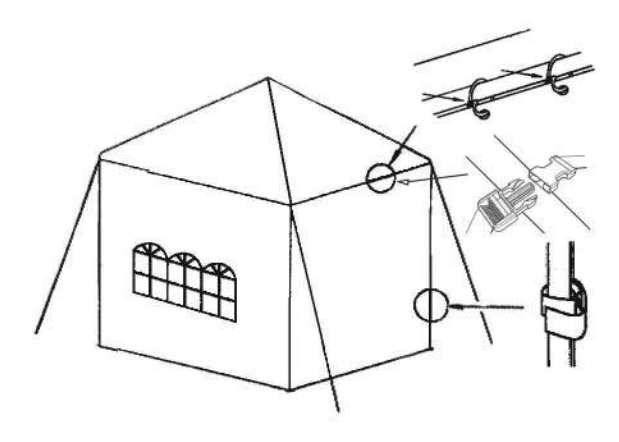
Lastly, you can either have all the side panels down at once or take off one panel every time you need it for something else before putting it away again. To attach them, you can use plastic rings, buckles, and velcro ties.
Here are a few pointers and methods to make your 10’x10′ canopy tent event as pleasurable as possible:
Following these simple suggestions can help you have a fantastic canopy tent experience.
A tent without walls is commonly called a tarp tent, flysheet tent, or screen house. These types of tents are mostly used in warm weather as they don’t provide much protection from the elements.
Tarp tents are also lighter in weight and take up less space than a traditional tent, making them ideal for camping in areas where there are no designated campsites. However, because they don’t have walls, tarp tents can be loud in windy conditions and offer little privacy.
Screen houses are similar to tarp tents but have mesh walls that provide protection from insects. If you’re picnicking or camping in an area with a lot of bugs, a screen house is a way to go. Whichever type of wall-less tent you choose, just be sure to pack insect repellent!
A tunnel tent is a type of tent that typically has two hoops, with fabric attached to create an archway. The material of the hoop can be aluminum or fiberglass. The fabric is usually waterproof and is often breathable to allow for ventilation.
Tunnel tents are often used for backpacking and camping, as they are lightweight and easy to set up. The size and weight of a tunnel tent will differ based on the number of rooms it has, as well as the materials used in its construction. Some have multiple rooms while others have just a large open space.
When choosing a tunnel tent, it is important to consider the climate and conditions where it will be used, as well as the number of people who will be using it.
A-frame tents are incredibly versatile, and they offer a number of advantages over other designs. First, they can be set up on almost any surface, including grass, sand, and even dirt. Second, they are simple to put up and take down.
Lastly, they promote air circulation and ventilation, which helps campers stay cool during hotter weather. Fourth, they are very sturdy and can withstand high winds and heavy rain. Lastly, A-frame tents are typically very spacious, making them ideal for families or groups of friends.
You should be able to put up your canopy tent in a matter of minutes after reading through the instructions. I hope that you have a great event planned and this canopy tent will help make it even more enjoyable. With my proper guidance, you will now be the proud owner of a set-up canopy tent in your backyard.
Remember to always stake down your tent, set it up in the shade if possible, and allow it to dry completely before storing it. You can make your canopy tent journey a pleasant one by following these easy recommendations.

Allen is a full time writer at Mastercanopies.com and enjoys traveling around the United States and exploring nature. He enjoys writing about canopies as he believes they are extremely crucial in having a successful camping trip whether it be a trip to the beach, mountains, or the open plains.

Quictent 10’x 10’ Canopy Tent Assembly Instructions: Full Guide Published September 8th, 2022 by Allen Campbell An easy-to-assemble canopy tent may be the ideal answer

Quictent 10’x 10’ Pop-Up Canopy Review Published September 9th, 2022 by Allen Campbell The Quictent 10’x 10’ Pop-Up Canopy is the perfect solution for anyone

Quictent 10’x 30’ Party Tent Assembly Instructions: Full Guide Published September 5th, 2022 by Allen Campbell Are you planning a party and need a place

Quictent 10’x 20’ Assembly Instructions: Full Guide Published August 31st, 2022 by Allen Campbell The Quictent 10’x 20’ is a versatile and easy-to-assemble shelter that
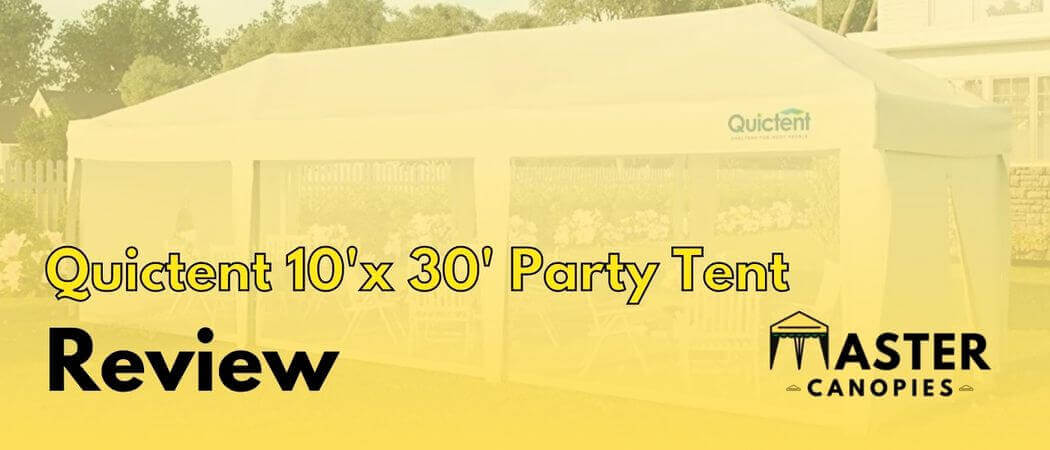
Quictent 10’x 30’ Party Tent Review Published August 30th, 2022 by Allen Campbell Anyone who has ever hosted a party knows that one of the
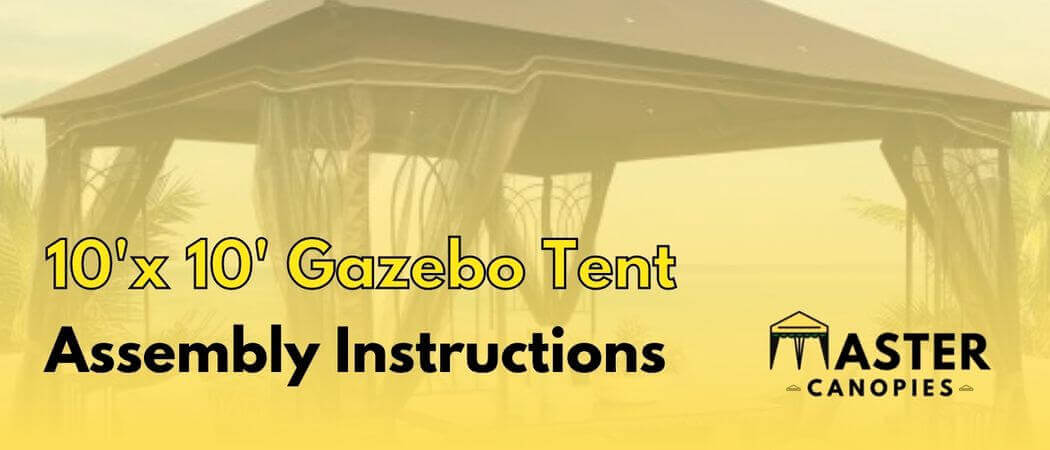
How to Assemble 10’x10’ Gazebo Tent: Assembly Instructions Published August 29th, 2022 by Allen Campbell A gazebo tent is a popular structure for outdoor events
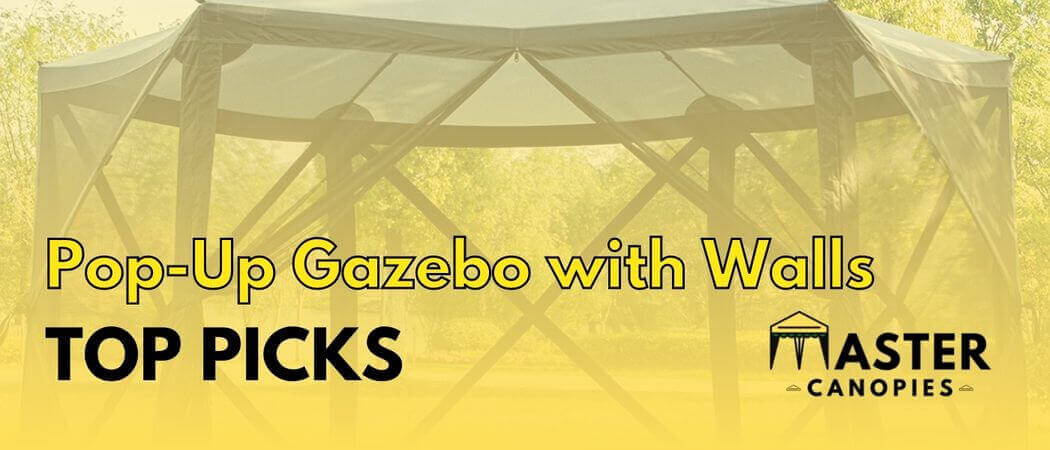
Best Pop-Up Gazebos with Walls: TOP PICKS Published August 25th, 2022 by Allen Campbell A gazebo is a great way to add some extra living
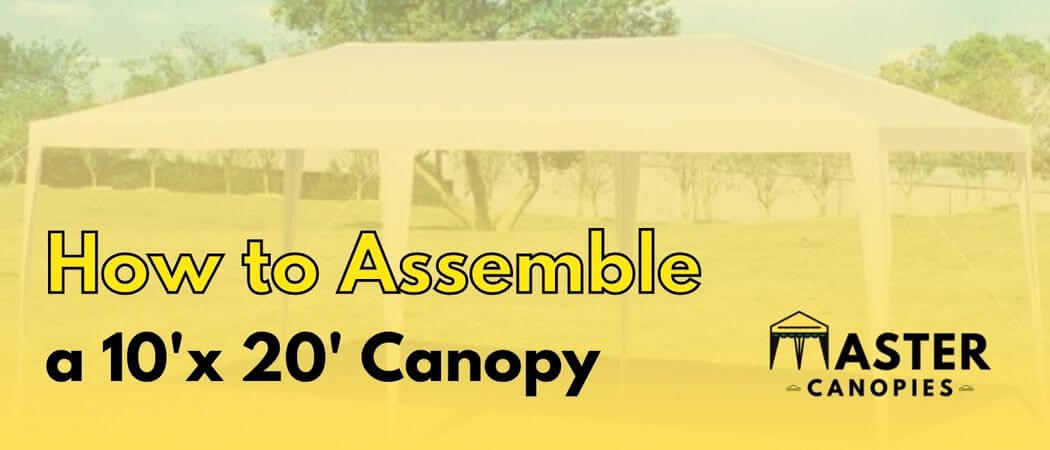
How to Assemble a 10’ x 20’ Canopy: Assembly Instructions Published August 16th, 2022 by Allen Campbell Planning an outdoor activity? A 10’ x 20’

Best Canvas Pergola Covers for Sun Shade Published August 13th, 2022 by Allen Campbell If you’re looking for some sun shade but don’t want to

Master Canopies is here to bring you the best canopies for the outdoors so that you can enjoy the fresh air without the gleaming and burning light of the sun.

Master Canopies is here to bring you the best canopies for the outdoors so that you can enjoy the fresh air without the gleaming and burning light of the sun. As an Amazon Associate, we earn from qualifying purchases.